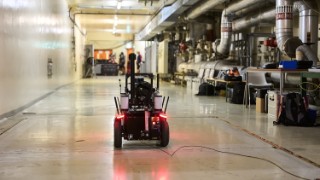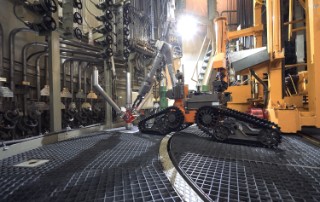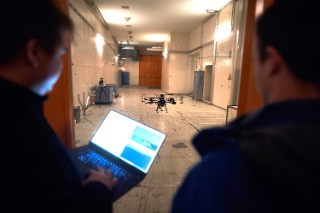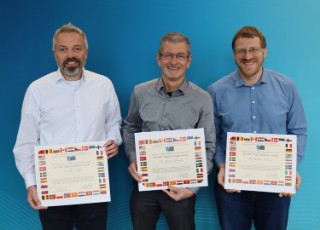
When international robotics experts gathered at the Hammelburg military training area 2006 for the first European Land Robot Trial (ELROB), no one could have predicted that it would become such a success story. Two decades later, this demanding performance comparison of military robotics is now a fixture in the calendars of researchers, clients and users alike. In the anniversary year 2026, the Swiss Federal Office for Armament armasuisse will host ELROB, which will take place from 15 to 19 June at the Thun military training area.
more info






